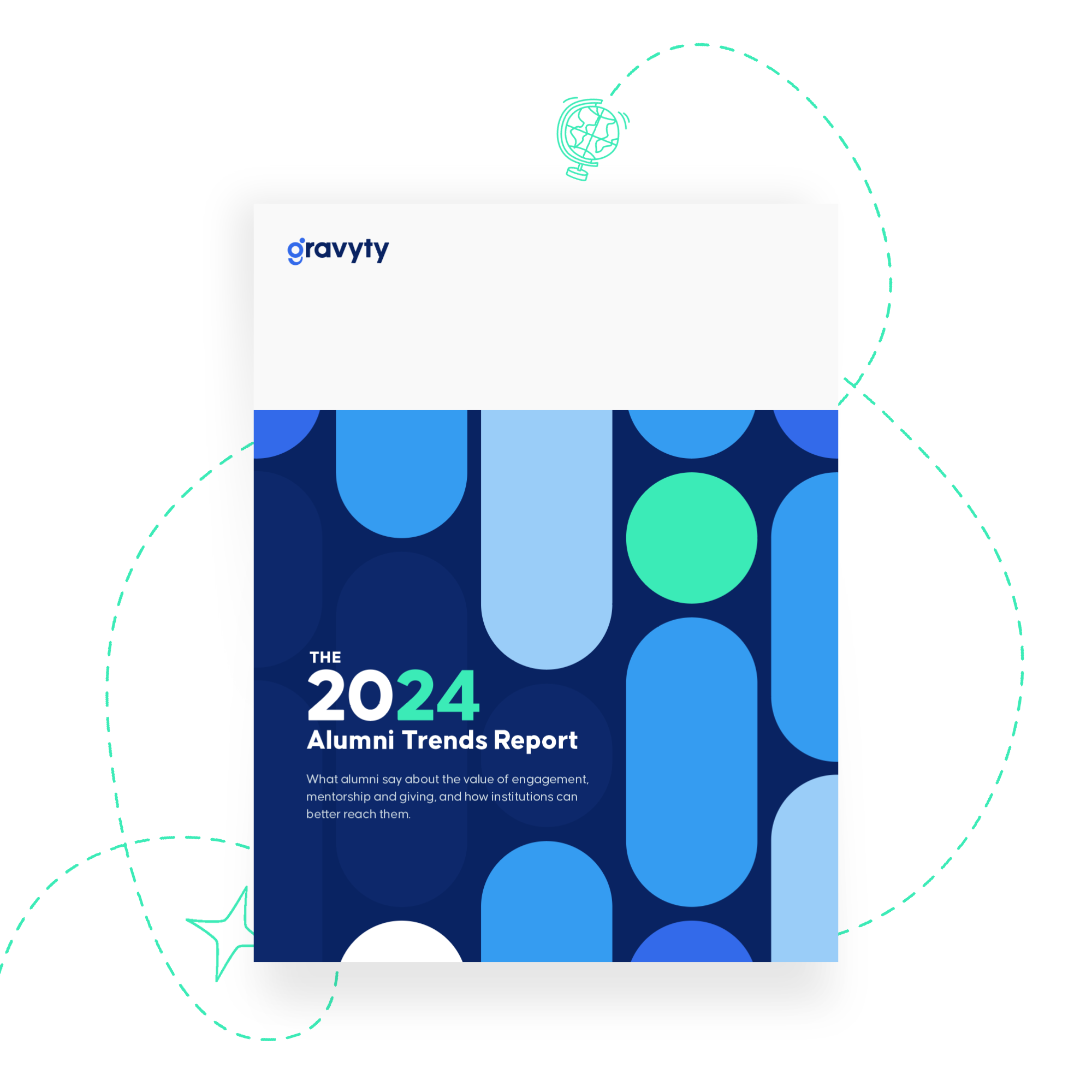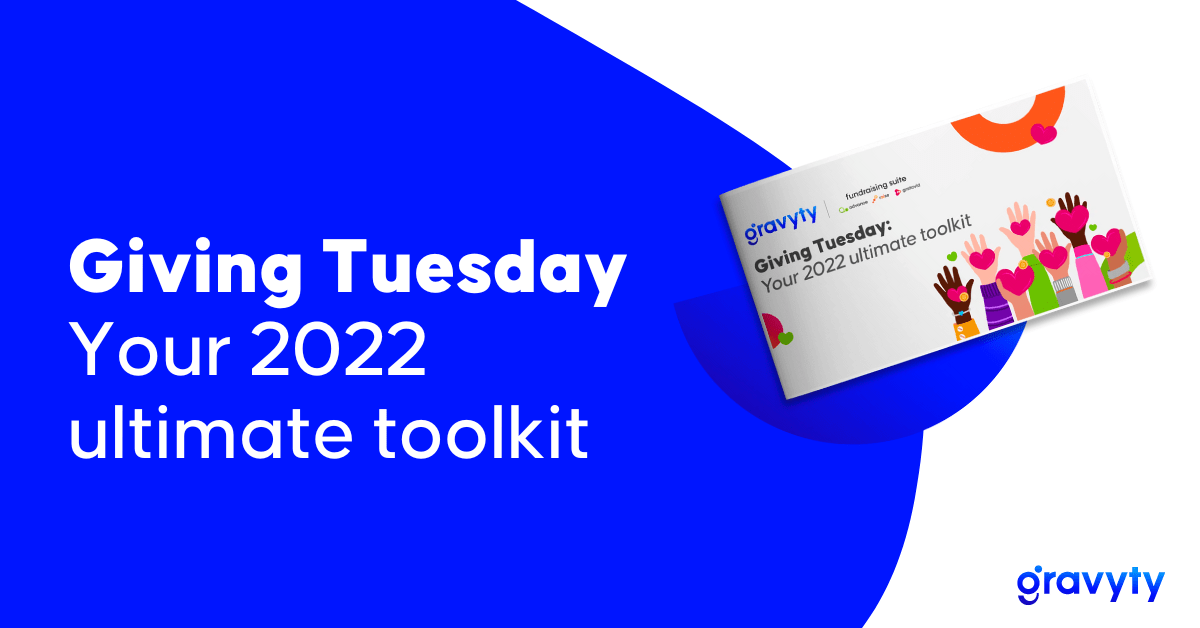What you need to do to build a strong donor pipeline for 2025 and beyond

From an evolving economic climate to strains on organizational resources and budget, fundraisers already have a lot on their plate. Faced with meeting aggressive and immediate fundraising goals, fundraisers are struggling to develop a strong pipeline of donors. In fact, nearly half of fundraisers surveyed say they didn’t meet pipeline development goals last year.
But notably, they see the immense value of their donor pipeline: in the same report, 85% of fundraisers say building a strong donor pipeline is one of their top priorities. By focusing on building a strong donor pipeline now, organizations set themselves up for less risk and a more sustainable stream of donation revenue not only this year, but in future years.
Donor pipeline 101: What is a donor pipeline & why does it matter?
In short, a donor pipeline is a systematic framework to identify, engage, and build long-lasting relationships with potential and current donors. It’s a systematic process to move donors and prospective donors through a donor journey.
A donor pipeline represents the journey potential supporters take from initial awareness to becoming engaged, loyal contributors. This journey can be broken down into several key stages – which we’ll cover below – with each requiring tailored strategies to effectively nurture relationships and inspire giving. Understanding your donor pipeline helps you prioritize where to spend your time, budget and resources when it comes to donor engagement and stewardship.

Stages of the donor pipeline
Prospect identification
Prospecting is the process of identifying potential donors who align with the organization’s mission and values. This involves researching individuals, corporations, or foundations that have shown interest in similar causes or have the capacity to give. Outreach during this phase is often focused on raising awareness and generating interest through communications such as emails, social media campaigns, or events that introduce the organization’s work.
Donor qualification
Next comes donor qualification (and disqualification). It’s the crucial process where a fundraiser evaluates whether a prospective donor is a good fit for deeper engagement and potential giving. During this stage, fundraisers assess various factors such as the individual’s interest in the nonprofit’s mission, their giving capacity, and their past philanthropic behavior. This helps to determine whether the prospect has the potential to become a meaningful contributor to the organization.
To qualify or disqualify a donor, fundraisers typically gather information from multiple sources like donor databases, wealth screening tools, and even one-on-one conversations with the donor. The key to qualification is all about understanding their motivations and interests, identifying their preferred ways of giving, and gauging their readiness to support the nonprofit’s work.
Donor cultivation
At this point, the aim is to build a relationship and deepen the prospect’s understanding and connection to the nonprofit’s mission. Fundraisers might share stories of impact, host tours or special events, or arrange one-on-one meetings. The goal of donor cultivation is to demonstrate the value of the organization’s work and create a sense of shared purpose, gradually turning interest into a readiness to give.
Solicitation
After donor cultivation comes the solicitation stage, where fundraisers ask for a donation. This request can be tailored to the prospect’s capacity and interests, ranging from a general appeal to a more personalized, major gift proposal. Timing and strategy are critical at this stage, ensuring that the ask is made when the prospect feels most engaged and connected to the mission. Fundraisers might leverage digital giving platforms or campaigns like giving days to make the donation process easy and compelling.
Donor stewardship
Donor stewardship involves expressing gratitude and maintaining contact with the donor after they have contributed. This is a key phase for reinforcing the donor’s decision to give and showing them the impact of their contribution. Fundraisers might send personalized thank-you emails or videos, impact reports, or invitations to exclusive events. Effective stewardship not only honors the donor’s generosity but also keeps them engaged with the nonprofit’s ongoing work, increasing the likelihood of future support.
Donor retention
Once a donor has moved through the stages above, the focus shifts to encouraging repeat donations and deepening the donor’s commitment over time. This might involve targeted appeals, participation in recurring giving programs, or special campaigns that align with the donor’s interests. Successful retention efforts ensure that donors continue to feel valued and essential to the organization’s success, helping to sustain long-term relationships and build a reliable donor base.
Lynne Wester,
Principal and Founder, The Donor Relations Group
In a recent webinar, two of our fundraising experts broke down exactly what a donor pipeline is and how you can build a strong, sustainable pipeline. Watch it on demand.
3 proven donor pipeline development strategies
Not unlike a sales team, fundraising organizations rely on their pipeline of donors to grow relationships with current “customers, acquire new “leads” and build a sustainable base of support. A well-managed pipeline is one that allows organizations to maintain a balance between meeting current year fundraising goals and laying the groundwork for future growth. Here, we break down four essential strategies to developing a donor pipeline that results in sustainable, predictable revenue year after year.
The Lilly Family School of Philanthropy
Indiana University
1. Tap into an already-engaged community
Where should you start when it comes to developing a stronger pipeline? Tap into supporters and community members already involved with your organization.
Leveraging an alumni or member community platform like Gravyty is a powerful strategy for developing a donor pipeline, as it allows you to tap into a network of individuals who already have a personal connection to the institution or organization. Higher education alumni are 209% more likely to donate if they participate in mentorship programs, according to Gravyty’s Alumni Trends Report. This stat underscores the importance of engaging alumni, community members and volunteers not just as donors but as active participants in the organization’s mission.
Staying in touch with constituents who are involved with boards, associations, or class agents helps keep these supporters connected and invested in the organization’s success, making them more likely to contribute financially and help identify new prospects.
Alumni engagement: What the data says
Alumni are the lifeblood of any advancement program. Institutions are adapting their engagement strategies to meet their alumni where they are and make a lasting and measurable impact. We asked more than 500 alumni about their engagement preferences, behaviors and giving habits.
This report uncovers actionable insights to guide more impactful alumni engagement programs. Download it now.
Wondering where to start within your community or alumni database?
Focus on key demographics, such as young alumni or those from reunion classes, who may be eager to maintain ties with their alma mater or community. By understanding trends like common employers, industries, or geography, organizations can offer special programming or highlight matching gift opportunities that resonate with these groups.
Using tools like Gravyty’s AI portfolio management can also help manage and sustain engagement by creating tailored outreach for key volunteers, encouraging them to contribute their time, talent, and treasure. This strategic engagement ensures that alumni not only become donors but also advocates who help identify new potential supporters, creating a sustainable pipeline for the future.
2. Build donor pipeline from these “hidden gem” segments
Another key donor pipeline development strategy is to nurture those who already may be hidden within your base, but sometimes get overlooked.
Unassigned LYBUNTs
LYBUNTs – donors who gave Last Year But Unfortunately Not This year – have a history of giving and engagement, making them more likely to contribute again if approached thoughtfully. Identifying and re-engaging these lapsed or recurring supporters helps maintain the connection and ensures that they don’t slip through the cracks.
Giving days & crowdfunding donors
These campaigns are often designed to be participation-focused, encouraging a wide range of supporters to get involved, which offers a unique opportunity to learn more about their motivations and interests. Support days of giving and other special campaigns by activating situational outreach to ensure you can personally reach everyone in your portfolio regardless of last interaction or gift. Gravyty’s AI will help you prioritize so you connect with the best prospects first. Special campaigns are particularly valuable for pipeline development because they provide insights into where donors’ passions lie. By analyzing which funds donors choose to support or where they direct increased giving, fundraisers can tailor future appeals to align with their interests, fostering a deeper sense of connection.
Recurring donors
Recurring donors, who provide steady support, not only help with donor retention but are also more likely to stay involved and increase their contributions over time.
Let your annual giving campaigns fuel qualification pools in minutes
Gravyty’s digital fundraising platform now integrates with our AI fundraiser enablement platform.
Automatically and immediately create portfolios based on donor affiliation, annual giving fund, donation history and more. See your giving day donors in Gravyty the next day, letting you focus on targeted, highly personalized outreach to the right people. Learn more.
3. Do donor stewardship really well
Effective stewardship ensures that donors feel valued and connected to the organization’s mission, helping to cultivate long-term relationships that are key to building a robust donor pipeline. One of the most effective ways to do this is by promptly thanking donors after they have given, regardless of the gift amount. Acknowledging gifts quickly demonstrates appreciation and sets the tone for a positive relationship.
Additionally, taking note of donors’ motivations, such as which fund they choose to support, can provide valuable insights into their interests and priorities. By paying attention to these details, fundraisers can tailor their communications, making donors feel seen and understood.
Lustgarten Foundation stewards large donor portfolios with the help of Gravyty’s AI
Fundraisers struggled with managing large portfolios and tracking donation data since information on outreach and engagement was not consistently recorded in their CRM system. Gravyty’s AI-powered fundraising solution was instrumental in expanding the capacity of each giving officer, allowing them to more effectively manage larger portfolios.
Email prompts ensured that mid-level donors were consistently engaged and not overlooked or deprioritized. Improved donor stewardship resulted in an increase in the average mid-level gift by $2,139 year-over-year.
Automating the analysis of giving behavior helps identify patterns, such as whether a donor gives consistently at the same level or if they’ve increased their support after a specific event. These insights allow for more personalized follow-up, like scheduling a call or virtual visit to deepen the connection. Incorporating updates and other touchpoints through innovative channels like video messaging can further enhance the personal touch—introducing staff members, sharing program updates, or saying thank you after a gift.
Partnering with other campus or organization members can also enhance stewardship efforts, as they might have existing relationships within the community that can be leveraged for outreach.
Set goals to measure donor pipeline performance
The fact is – you can’t improve what you don’t measure. In order to understand how strong a donor pipeline is, fundraising teams should set clear and measurable key performance indicators (KPIs). These metrics reflect how well an organization is engaging prospects and converting them into long-term supporters, and by aligning on them early helps ensure the entire fundraising organization is on the same page as far as what success looks like.
Here are some important metrics to consider:
- Number of new prospects: The total number of new potential donors added to the pipeline over a given period.
- Prospect-to-donor conversion rate: The percentage of identified prospects who ultimately become donors.
- Donor retention rate: The percentage of donors who continue giving year after year, indicating the strength of relationships being built.
- Gift upgrade rate: The percentage of donors who increase their giving amount over time, showing growth in donor engagement and commitment.
- Average gift size: The average amount given by donors, which helps assess the overall quality and potential of the donor base.
- Recurring donor growth: The increase in the number of donors who commit to giving on a regular basis (e.g., monthly or quarterly).
- Time in pipeline: The average time it takes for prospects to move through the stages of the pipeline, from initial contact to their first donation.
- Donor reactivation rate: The percentage of lapsed donors who are successfully re-engaged and make a new donation.
- Engagement rate: Metrics such as email open rates, event attendance, or responses to surveys that indicate how engaged donors and prospects are with the organization’s communications.
- Cost per new donor acquisition: The average cost of acquiring each new donor, which helps determine the efficiency of outreach and cultivation efforts.
- Stewardship touchpoints: The number of personalized touchpoints (e.g., thank-you notes, phone calls, video messages) provided to donors, which can correlate with increased retention and giving levels.
- Pipeline growth rate: The percentage increase in the number of qualified prospects in the pipeline over time, reflecting how well the organization is expanding its pool of potential supporters.
Need help planning and measuring the success of your donor pipeline? Download the Donor Pipeline Workbook which is full of helpful templates, checklists, best practices and more.
Take your donor pipeline to the next level
A strong donor pipeline is essential for the long-term growth and success of your organization, helping to sustain your mission through a reliable base of support. To develop this pipeline, it’s crucial to tap into the existing support base and identify potential donors, such as those who participate in giving days and crowdfunding campaigns. These donors can be especially valuable, and using automation and AI can help steward and nurture them effectively at scale.
Creating tailored plans for different subsets of donors—like young donors, first-time contributors, and event attendees—ensures that each group receives the right kind of engagement. Make sure to establish a clear internal qualification process helps prioritize efforts and focus on high-potential prospects.
Gravyty’s fundraising platform uses the power of AI, personalization and automation to help you find and engage the right people at the right time to build a healthy and sustainable pipeline of supporters. Learn more today.






